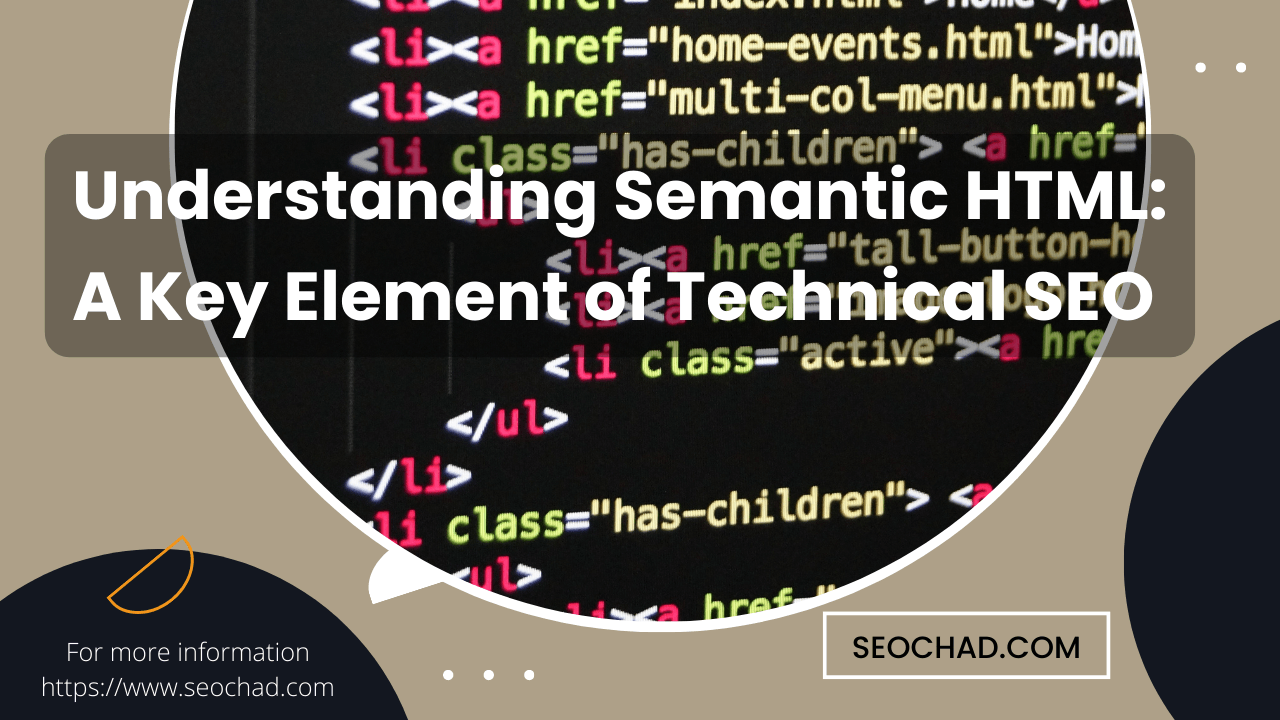In the past, securing a favorable position in search engine results hinged primarily on image optimization. Nonetheless, in the contemporary landscape of SEO, webpage rankings are shaped by a diverse array of additional elements. Within the scope of this article, we will outline eight exemplary methods to elevate your image SEO. Skillfully implementing these tactics can markedly enhance your chances of attaining superior rankings in search engine results pages (SERPs).
Why Images Matter to improve SEO strategy
Images play a vital role in augmenting the attractiveness of websites and blog posts. They help in breaking down lengthy textual content, infusing visual allure, and providing valuable context to the audience. When focusing on optimizing images for better visibility on search engines, it’s essential to keep some key factors in consideration.
First and foremost, maintaining a consistent practice of employing descriptive file names and alt tags is crucial. These components assist search engines in understanding the content of the image and its significance within your content.
Secondly, it’s important to verify that your images are correctly dimensioned. If they’re excessively large, they can hinder your website’s performance, while overly small images might display with pixelation and reduced quality. Aim to find the perfect balance that aligns with your site’s loading speed and visual appeal.
Finally, it’s imperative to consistently apply image compression before integrating them into your website. This approach diminishes their file size without sacrificing quality, resulting in an improved loading speed for your site.
By adhering to these straightforward suggestions, you can be certain that your images contribute positively to your SEO strategy, rather than impeding it.
Image Dimensions and File Types
The dimensions of your image file hold importance for two main reasons. First, larger files can slow down your website’s loading speed, which can have adverse effects on your SEO. Second, search engines consider file size when assessing an image’s relevance to a user’s query.
There are two primary image file formats: JPEG (Joint Photographic Experts Group) and PNG (Portable Network Graphics). JPEGs are well-suited for photographs or images with a wide range of colors, while PNGs are a better choice for images with minimal color variation, such as line drawings or logos.
When it comes to file size, smaller is always better. You can reduce the size of your images without compromising quality by using an online compression tool such as TinyPNG.
The Good, the Bad and the Ugly
1. The Good:
Image optimization can improve your website’s search engine ranking, helping you to attract more visitors. When done correctly, it can also help to speed up your website’s loading time, making for a better user experience.
2. The Bad:
Unfortunately, image optimization often goes unnoticed by website owners and developers, leading to subpar results in search engine rankings. Moreover, when done incorrectly, image optimization can unintentionally impede your website’s loading speed.
3. The Ugly:
Without due care, image optimization can produce unappealing code on your website, making it difficult for both humans and search engine crawlers to understand and navigate.
More Tips to Improve Image SEO
To boost your image SEO, there are additional steps you can take alongside the guidance outlined in the blog post.
To start, always make certain that your images carry descriptive file names. This approach assists search engines in accurately cataloging your images, thereby increasing your chances of appearing in image search results.
Secondly, it’s crucial to include relevant keywords in your image ALT text. This not only helps clarify the image’s content for both users and search engine crawlers but can also contribute to improving your website’s ranking for those particular keywords.
Thirdly, contemplate hosting your images on a dedicated server rather than depending on a free image hosting service. This decision will provide faster image loading times for your website’s visitors, consequently improving your overall site speed—a factor that can have a positive impact on search engine rankings.
Fourthly, employ responsive design for your images. This involves ensuring they adjust and resize effectively across different screen sizes and devices, guaranteeing users a seamless viewing experience regardless of how they access your website.
Finally, consider incorporating lazy loading for your images. This method ensures that images don’t load all at once when a page first loads; instead, they load as users scroll and need them. This approach conserves bandwidth and improves loading times, particularly on slower connections, which benefits both users and search engine performance.
Conclusion
If you’re looking to bolster your SEO strategy, starting with image optimization is a smart move. By following these eight recommendations, you can ensure that your images make a positive contribution to your SEO efforts. Whether it’s choosing the right file format or integrating relevant keywords, optimizing your images for SEO can have a substantial impact on your overall ranking. So, why wait? Begin your optimization journey today!




